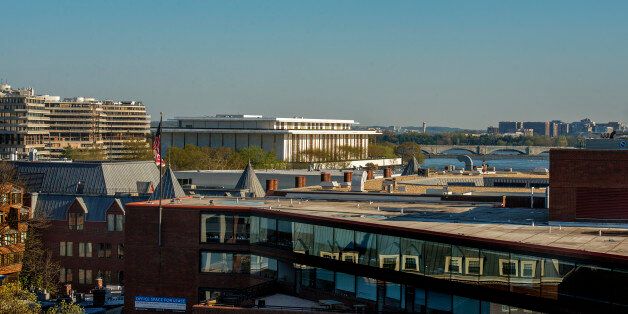
When I left the Royal Opera House in 2000, I made a series of speeches about my time in London and what I hoped would happen in the arts world after my departure. I spoke extensively about two areas: the need to have an honest and open dialogue about the way the arts would be funded in Great Britain in the face of shrinking government funding, and about the need for more collegiality among arts leaders as we all, collectively, had to deal with a series of major challenges.
Now, 14 years later, as I prepare to leave the Kennedy Center, I feel impelled to communicate with my colleagues once again. So much has changed over these past 14 years and yet so much has remained the same.
We are still struggling to find new arts funding paradigms. I speak with so many board members of arts institutions who believe there must be an alternative for private fundraising (there isn't) and who remain convinced that it is simply the lack of talent amongst arts managers that results in boards having to give and get so much more than in the past.
And as it becomes increasingly difficult to balance the budget while making excellent art, the discourse among arts managers, board members, government officials and the press has gotten angrier, nastier and far more personal. It simply does not help solve our problems.
But today I am far more concerned about another critical issue: our donor base is aging and we are not replacing out traditional donors with new ones at a rapid-enough pace.
We have become increasingly reliant on contributions over the past decade; earned income growth is simply not keeping pace with inflation. The recent statistics issued by the Metropolitan Opera about its ticket sales problems are simply the most visible evidence of this phenomenon. Most arts institutions are finding that they cannot grow on earned income alone.
But if our donor base is aging then who will fund us in the decade or two ahead? In the past, we successfully engaged and cultivated a new group of early middle-aged people as their parents began to die.
But my non-scientific research suggests that the children of our best donors are not as interested in the arts as their parents were. This is not surprising since many of them did not have as rigorous an arts education. But the implications are clear and scary: we may not have enough funders in the future to support the diverse and rich arts ecology we have created over the past 60 years.
A serious effort must be made to engage people in their 20s and 30s today, to make the case for the importance of our arts institutions, to make it fun and rewarding to participate as a donor.
We must balance our need for cash today with our need to invest in building the donors of the future. The future of the arts lies in the balance.
